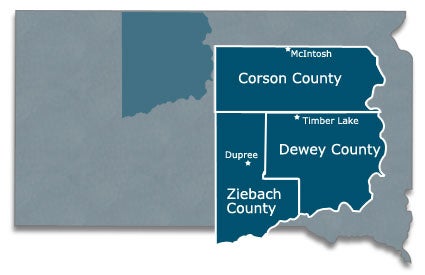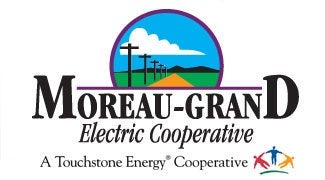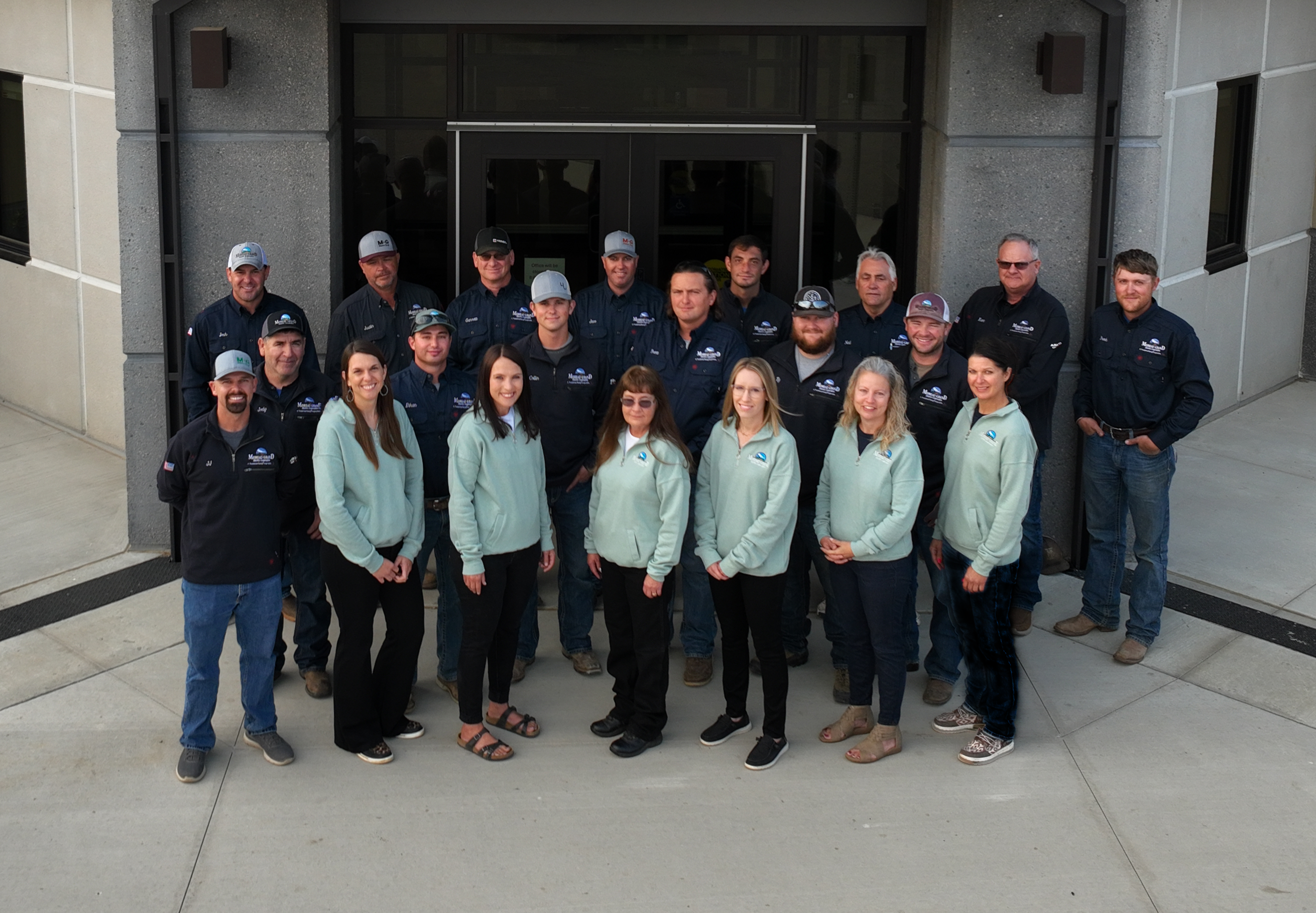Contact Us: 1.800.952.3158
Who We Are
Moreau-Grand Electric Cooperative serves the counties of Corson, Dewey and Ziebach. This includes the Cheyenne River and portions of Standing Rock Indian Reservations. The cooperative has held an annual meeting of its members each year since 1950.
Moreau-Grand Electric, along with seven other cooperatives, are members of Rushmore Electric Power Cooperative working together we pool our resources to purchase electricity.
Moreau-Grand Electric Cooperative was incorporated as member-owned electric distribution system in 1946. MGEC serves over 3,600 members with 25 employees, MGEC currently delivers high quality electricity to over 6,000 meters within a 6,950 square mile area in Corson, Dewey and Ziebach counties in north central South Dakota and maintains approximately 3,861 miles of line.
Moreau-Grand Electric is governed by a ten-member board of directors elected from the general membership at annual meetings. MGEC is a part of America’s largest utility network, Touchstone Energy and it is owned entirely by members like you. As a cooperative, MGEC members also own Rushmore Electric Power Cooperative, a generation and transmission cooperative, and Basin Electric Power Cooperative, a cooperative with coal-fired generation plants, wind farms and gas peaking stations. Almost 80% of your cooperative’s power is purchased from Basin Electric, with approximately 20% purchased from the dams operated by Western Area Power Administration. Your cooperative’s power plants consistently rank among the top-five cleanest burning plants in North America.
If you need additional information, or would like to know more about our special programs and services, please give us a call. We want to help you get the most for your energy dollars, as well as provide you with reliable electric service.

Moreau-Grand Electric Cooperative Today
From its meager beginnings in the late 1940's the cooperative has grown into a modern electric utility.
Technology has been the largest impact on the utility industry. Modern hydraulics on our service vehicles have saved countless man-hours and prevented numerous injuries. The use of fiberglass in the equipment helps keep outages to a minimum and line crews safe. Electronics is another area where the cooperative has benefited from technology. Computers have changed how we enter member information and keep records.
Early record keeping and office work was kept in hand written paper ledgers. Staking sheets and maps were meticulously hand drawn. A card system was followed by 5 computer systems. Some were so loud that it was necessary to carpet the walls to keep the sound down. In the late 1990’s the cooperative migrated from member read meters to a type of meter and computer system that could read member usage and send the reading back to the office on a daily basis. Radio controlled remote switching enables the cooperative to minimize outage time.
All of the progress made during the last six decades would not have been possible without the cooperatives most valuable asset, its member owners. From the members who formed and continue to believe in the cooperative spirit, to the board members who make the tough decisions and employees who keep the lights on. Working together we shine as one.

